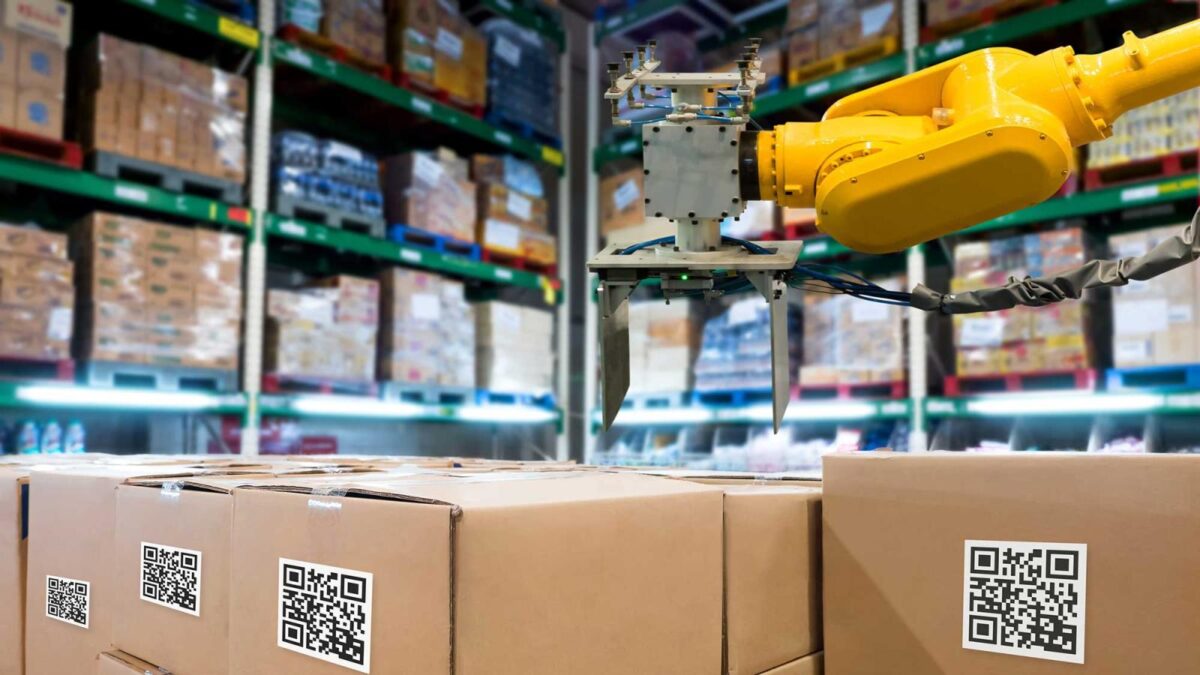The global supply chain industry is in the midst of a significant transformation. The COVID-19 pandemic has accelerated the need for more efficient and resilient supply chains, as businesses look to mitigate the risks of disruptions and capitalize on new opportunities. To build smarter global supply chains of the future, companies must embrace new technologies, adopt new business models, and collaborate more effectively with partners and customers.
One of the key drivers of this transformation is the increasing use of technology. The Internet of Things (IoT) and other advanced technologies are enabling companies to collect and analyze vast amounts of data on everything from inventory levels to transportation routes. This data can then be used to improve forecasting, optimize logistics, and reduce costs.
One example of how technology can be used to build smarter supply chains is through the use of predictive analytics. By analyzing historical data on demand and supply, companies can make more accurate predictions about future trends and adjust their supply chains accordingly. For instance, retailers can use predictive analytics to determine the most popular products and the most profitable regions, and then adjust their inventory levels and distribution routes accordingly.
Another important driver of change is the shift towards more collaborative and transparent supply chains. In today’s globalized economy, supply chains are becoming increasingly complex, spanning multiple countries and involving a wide range of partners and suppliers. To manage this complexity, companies are turning to new business models that promote greater collaboration and transparency.
One example of a collaborative model is the use of digital marketplaces, which allow businesses to connect and share information more easily. These platforms can also be used to match suppliers with buyers, reducing the need for intermediaries and increasing the efficiency of supply chains. This can also lead to the development of more sustainable supply chains by reducing wastage and emissions by matching suppliers with buyers at the right time.
A prime example of collaboration is the blockchain technology, it creates a decentralized, distributed ledger that allows multiple parties to access and update information in real-time, increasing transparency and trust among partners. This can be particularly useful in industries such as food and pharmaceuticals, where supply chains are heavily regulated and the need for traceability and accountability is high.
The next step of transformation is Automation, as companies are increasingly turning to robotic process automation (RPA) and artificial intelligence (AI) to improve efficiency and accuracy in their supply chains. For example, RPA can be used to automate repetitive tasks such as data entry and analysis, freeing up employees to focus on more strategic activities. Similarly, AI can be used to optimize logistics and inventory management, reducing costs and improving customer service.
Finally, companies must also focus on sustainability and environmental responsibility in their supply chains. This can be achieved through a variety of measures, such as reducing waste and emissions, using more sustainable materials, and working with partners and suppliers who share these values. By being mindful of the environment and working to reduce the impacts of their supply chains, companies can create more resilient supply chains that are better able to weather disruptions and capitalize on new opportunities.
In conclusion, the global supply chain industry is facing significant change, as companies look to build smarter and more resilient supply chains that can adapt to new risks and opportunities. The adoption of new technologies, new business models, and more effective collaboration will all play a key role in this transformation. Companies must also be mindful of sustainability and environmental responsibility in their supply chains, as they look to build supply chains of the future that are more resilient, efficient and sustainable.Gain complete control and visibility of supply chains from identifying, tracking to managing deployment of critical assets through a one-shop-stop-for-all digital needs with eSeal – Digital Supply Chain Solutions


